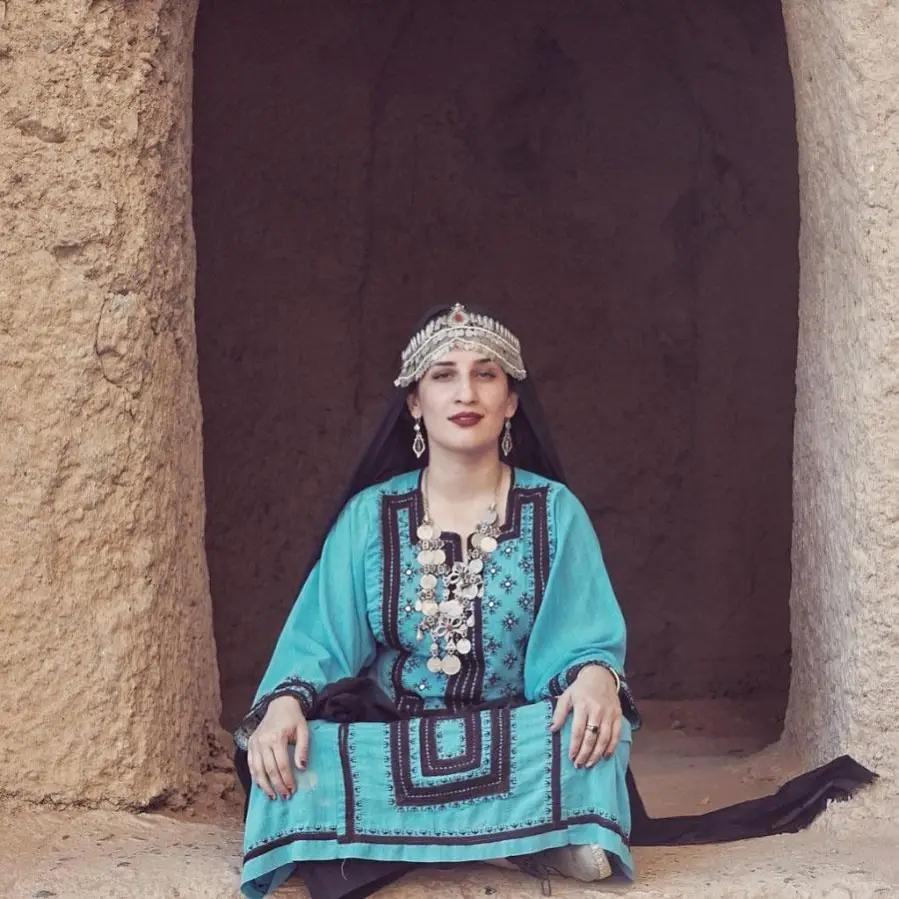Intermediates
Gallantry and accessories
Blog Piekiełka
The Hazaras - the lost warriors of Genghis Khan

At the outset, it should be clarified that the ancient Khazars are a nation that does not exist today. And the Afghan Hazaras - they are as much alive as possible and make up about 10% of Afghanistan's population, or about 3 million (according to other data, there are even about 5 million). Hazaras also live in Iran and Pakistan. To understand what the historical Khazars have in common (or don't have in common) with the modern ones, you have to go back to the past.
Let's start with the Khazars. This nation became widely known in Europe and Asia after the invasion of the Huns, when they settled in the plains of Dagestan. They were part of the kaganate (eastern form of monarchy) of West Turkestan, and after its disintegration they formed their own Khazar kaganate. Researchers have no doubt that they were just a Turkic people by origin, language, culture, nomadic lifestyle.
From Dagestan, the Khazars gradually began to settle other neighboring regions: Crimea, Don, lower Volga. In addition, a certain part of the Khazars (after adopting Judaism) lived in Kyiv, and others, together with the Madziars went to Pannonia, establishing Hungary and assimilating there. Incidentally, the word "Hazar" is an endoethnonym, i.e. a proper name used by representatives of a particular nation. It is also a rare case of small and large neighboring nations calling a nation by its own name.
In contrast, there is no single opinion on the meaning of the word "hazar." One hypothesis derives it from the Persian "hezare," meaning "thousand." It is believed that this may have been related to the classification of warriors according to numbers in an army. And why Persian? Perhaps as a result of the close interaction between Khazars and Iranian peoples. Another hypothesis suggests the formation of the word "hazar" from the Turkish "kaz," meaning nomad. This stem is found, for example, in the words "kazak" and "kazach."
Modern Hazaras - what kind of people are they?
Today the Hazaras live mainly in Afghanistan, Iran and Pakistan. Scholars believe that the Hazara language is a dialect of Old Tajik (Hazaragi) with some share of Mongolian and Turkish words. This share is about 10%. In all likelihood, the basis of the nation of modern Hazaras are the warriors of Genghis Khan, who remained in garrisons in the occupied territories after the conquest of Afghanistan in the early 13th century. Not all of them returned to their historic homeland - the Mongolian steppes.
While on duty in Afghanistan, the warriors married local women and over the centuries formed a mixed nationality with their ethnic and cultural differences. Assimilating with the local population, the Mongol victors adopted the language of the conquered nation. As the Mongol empire weakened, the Hazaras were increasingly pushed out of the fertile valleys of the northeast. As a result, the Hazaras were trapped in the central, entirely mountainous and rocky regions of Afghanistan (Hazarajat), as well as in the northwest of the country.
The displacement of the Hazaras to barren territories was finally completed in the late 19th century, when the Afghan emir conquered Hazarajat with the forces of the nomadic Pushtun tribes. He set aside summer pastures for them in the Hazara territories. As a result, the peasants there lost the land they had cultivated for centuries and fell into brutal exploitation. Many became slaves and only lived to see freedom under Amanullah Khan (early 20th century).
Due to their dispossession from fertile land, the Hazaras were pushed to the rocky slopes of the mountains. This forced them to practice irrigated agriculture. Today, many Hazaras live scattered throughout the rest of Afghanistan. Separate groups lead a nomadic or semi nomadic lifestyle. They live in huts covered with a vilayet. The vast majority of Hazaras live in large ancestral settlements on the slopes of mountains. The settlements are surrounded by brick walls with watchtowers at the four corners. The wealthier homes resemble Mongol yurts, while the poor live in thatched clay huts.
The defeat of the Hazaras was due to a lack of unity in their ranks. The familial divisions among the Afghan Hazaras have not been leveled to this day. This is evident in the Hazarajat, where divisions among the eight tribes can be clearly seen. It is presumed that the Hazaras do not consider themselves a single nation and each ethnic-territorial group lives in isolation. The uprisings that erupted in the late 19th century against repressive Sunni regimes and neighboring nations suffered defeats primarily due to the lack of this unity. There were times when one tribe, promising to come together, abandoned the battlefield at a crucial moment.
Due to the shortage of land, the mass resettlement of the Hazaras to the cities of Afghanistan and Pakistan is taking place. This, in turn, provokes a reaction from radical Sunnis, who with acts of terror and intimidation are attempting to stem the tide of Shiite migration. Surrounded by a hostile majority, the Hazaras are uniting, overcoming ancestral barriers. This, of course, serves to ethnically consolidate the Hazaras and grow a layer of ambitious intelligentsia in their midst, with forward thinking. Through active use of social networks, educated Hazaras are waging an awareness campaign to bring the persecution of Hazaras in Afghanistan and Pakistan to the attention of the world community. Despite persecution and economic constraints, the Hazaras have managed to educate a significant number of their tribesmen, and these investments are beginning to pay off. They have been greatly facilitated by first the Soviet and then the US occupation regime. Both saw the Hazaras as their allies.
The educated elite of the Hazaras showed great interest in the Mongolian peoples and Mongolia itself. In the United States and other Western countries, Hazaras are increasingly interacting with the Mongolian community in an organized way. Mongolians are also "discovering" the Hazaras with great interest. Documentary films and books on the Hazaras are being produced in Mongolia. Mongolian society is positively disposed towards them.
What do the former Khazars and the Afghan Hazaras have in common?
In fact, not much. First, the Turkish basis. The Khazars came from Central Asia, mixing with various peoples along the way. And then they still embraced Judaism. Eventually, the nation finally disappeared, diluted among Cossacks, Russians, Crimean and Caucasian peoples, and so on. Second, a similar name. Although this name convergence may have different roots. The Hazaras are most likely related to the Persian hazar = "thousand," while the Khazars are more likely related to the Turkish kaz = "to nomad."
It should also not be forgotten that these peoples are separated by centuries. The Khazars became known in Europe around the 7th century AD. The ancestors of the Hazaras, on the other hand, did not arrive in Afghanistan until the 13th century. And in addition, at that time they were not Hazaras at all, but among other various Mongolian and Turkic tribes: Ojrats, Najmans, Merkits, Kyrgyz, Kazakhs, etc.
Ethnic Jewelry
-

Labradorite ghost elf vine
450,00406,13 -

Prehnite ring
145,00137,75 -

Ring with gold rutile
215,00204,25 -

Moonstone ring
168,00159,60 -

Silver ring with four garnets
400,00361,00 -

Ring with larimar and moonstone
360,00324,90 -

The ring and prehnite are wonderful
155,00147,25 -

Arabian bird ring
134,00127,30 -

Ring with natural turquoise
152,0086,64 -

Brass Gabri Glass signet ring
98,0093,10 -

Amethyst ring
290,00261,73 -

Ring with gabri glass
98,0093,10 -

Hamsa ring
133,00126,35 -

Nature's Gem Ring with Natural Amethyst
350,00315,88 -

A ring with a magical charoite
190,00180,50 -

Ring with black jasper
168,0095,76 -

Silver ring with rhodochrosite
389,00351,07 -

Pearl Charm Moonstone Ring
370,00333,93 -

Ring with natural tanzanite
420,00379,05 -

Subtlety and Clarity in One Ring
335,00302,34



© Piekielko.com

